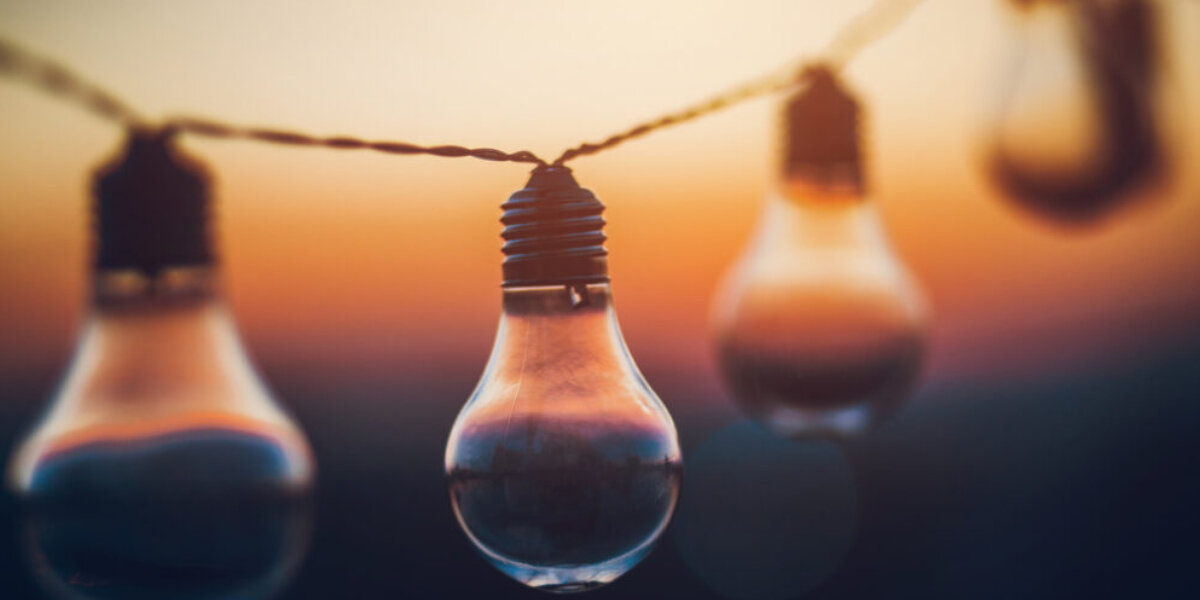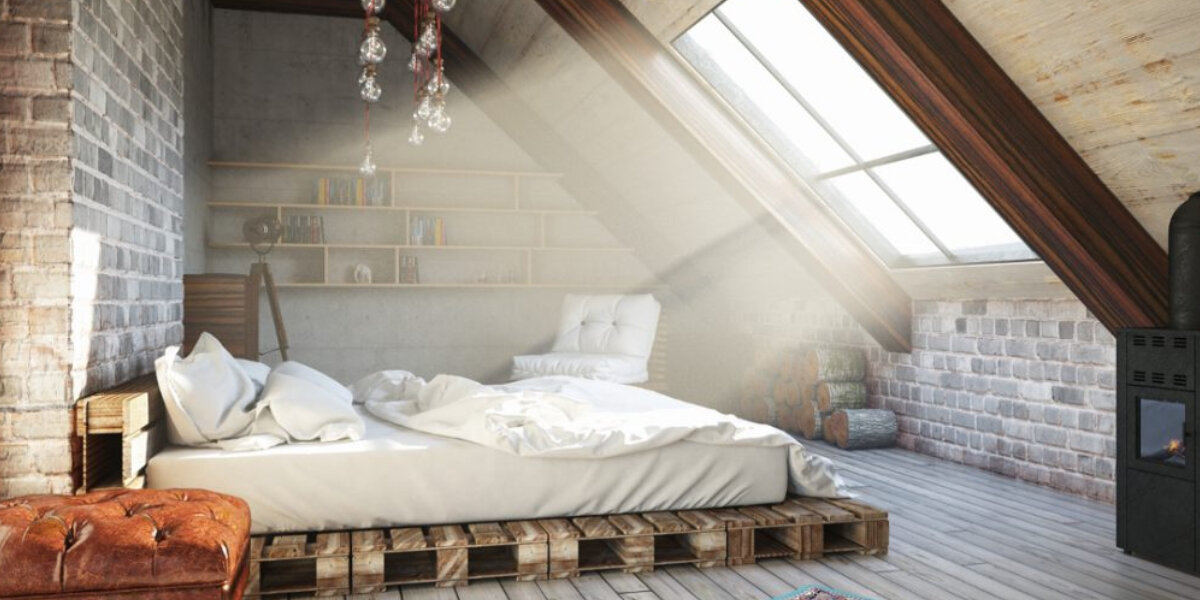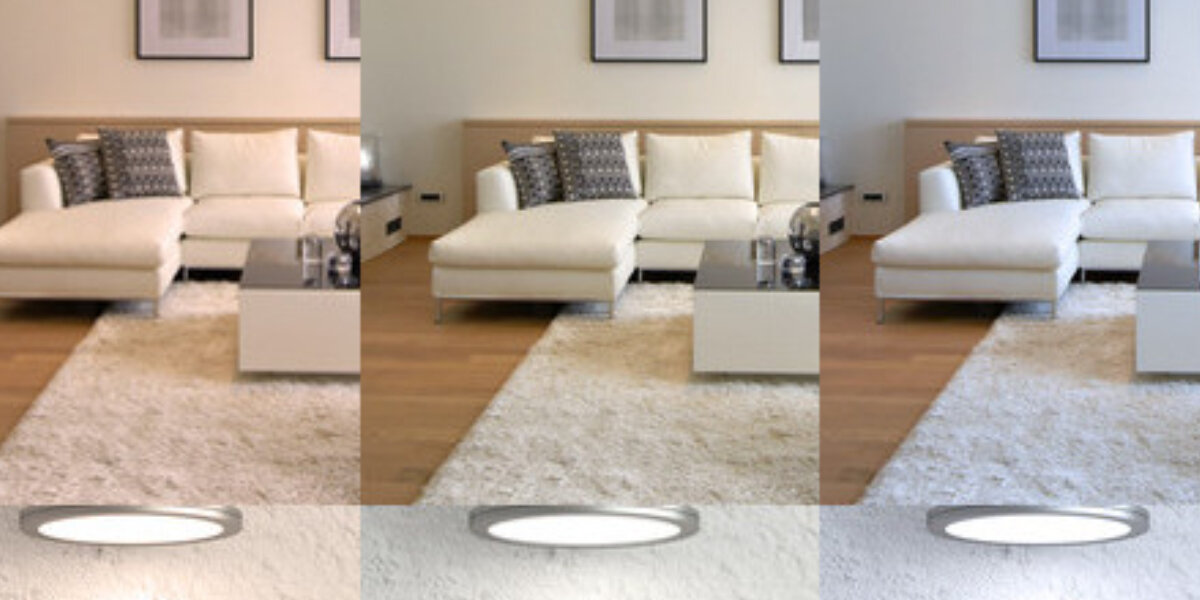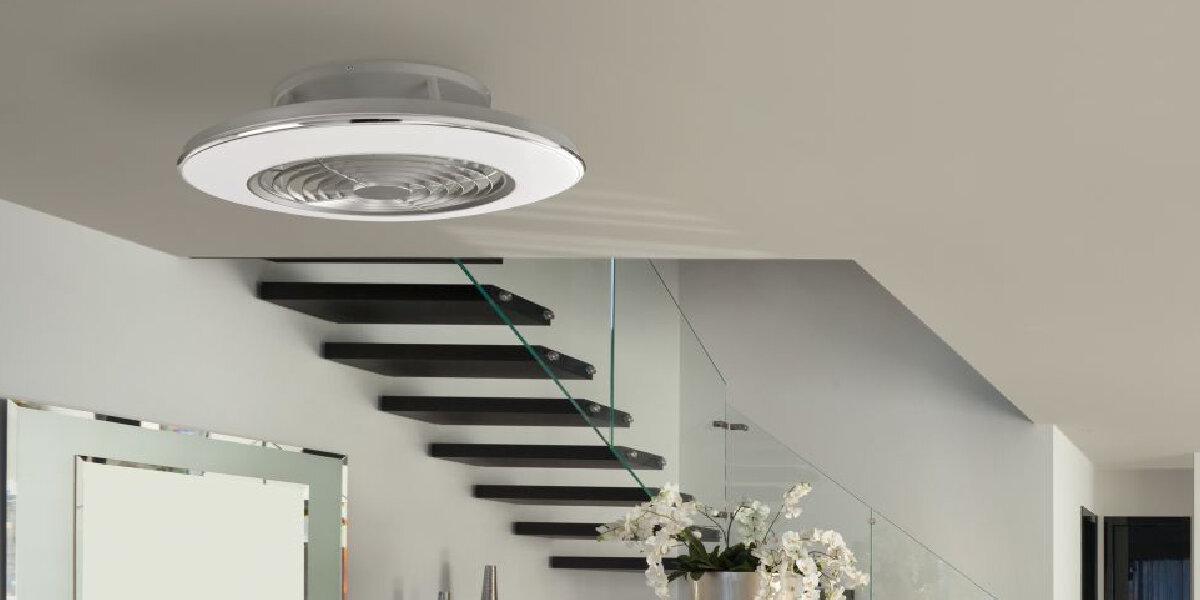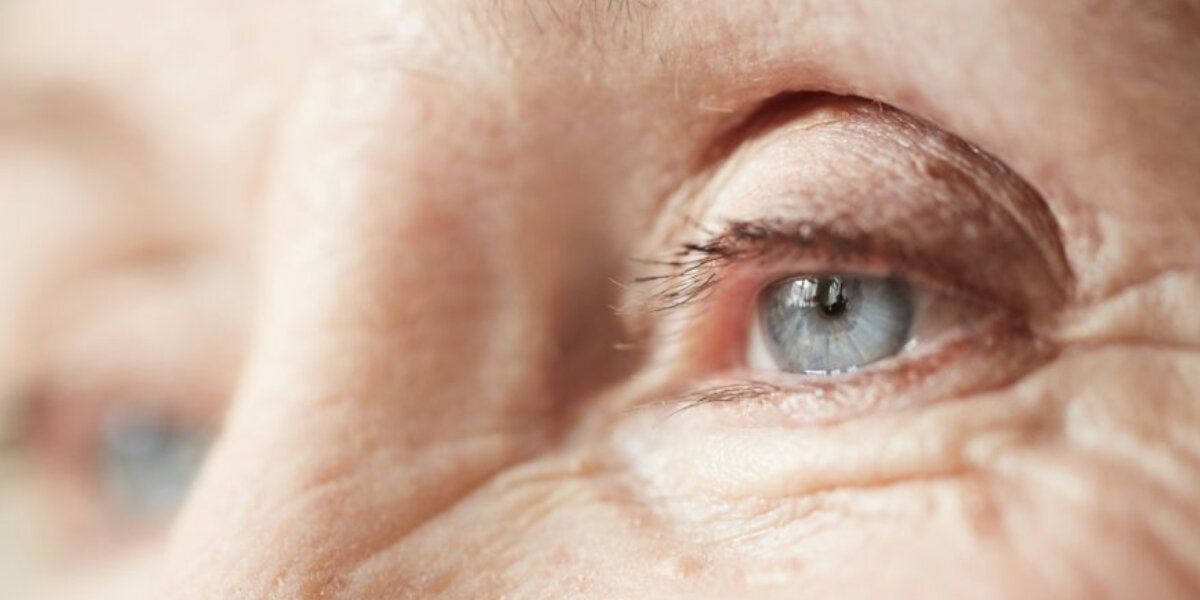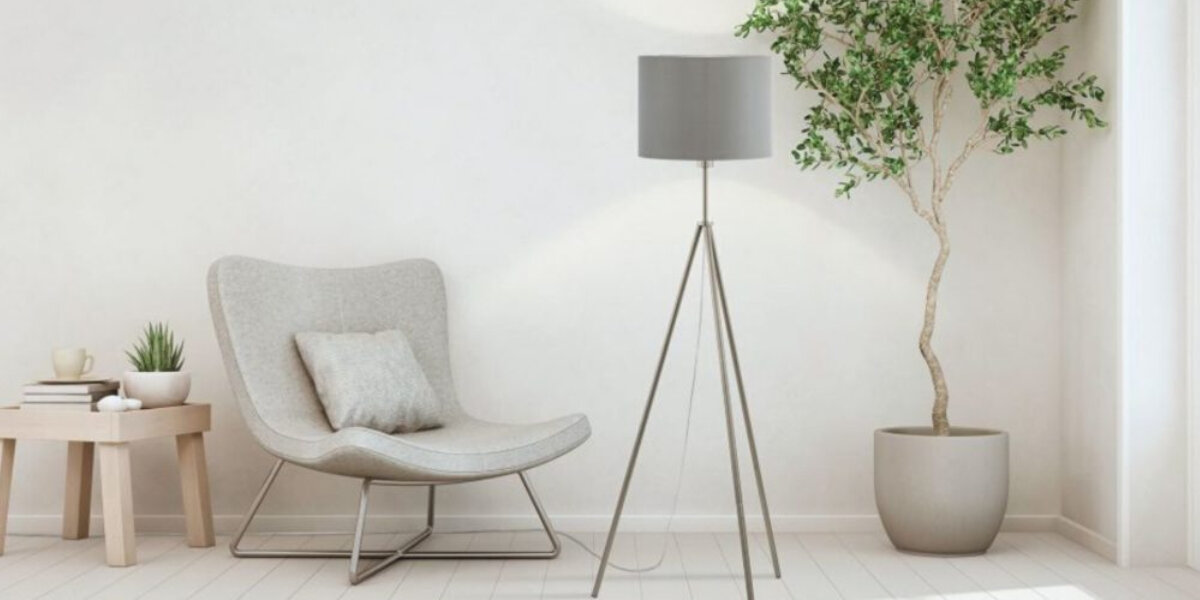The IP protection class for outdoor lighting provides information on how well your outdoor light is protected from external weather influences, dirt, splashes of water or water jets. When water is unexpectedly found in the waterproof light's housing, The outdoor lamp is fogged up from the inside or even droplets collect on the inside, this is often due to condensation. We explain what you can do about it.
Why Does Water Collect in Outdoor Lights?
If water enters your light from the outside, it may be due to a leaking light housing. Leaks can occur after changing the light source, for example, when the light bulb or the LED bulb has been replaced and the lamp has been reassembled. In the case of recessed floor lights, soil moisture can also be responsible for water rising into the base of the housing. It is therefore important to check the seal regularly and keep it clean. If the moisture arises from the inside, even though the outdoor lamp is well sealed, it is condensation. Then air condenses due to a temperature difference and settles in the form of condensate.
What You Can Do About Condensation in the Outdoor Lamp
Since stagnant moisture could lead to a short circuit, the following methods are suitable for getting the condensation out:
- Leave the outdoor light on for a longer period of time, so the water can dry out.
- Wipe out the inside with a cloth: With detachable housings and solar lights, you can remove the housing of many models and dry the inside with a cloth.
How Does Condensation Form in Outdoor Lights?
Condensation occurs inside the lamp due to a temperature difference :
It forms when the outside temperature and humidity deviates greatly from the temperature inside the lamp. This happens particularly often in spring, late summer or autumn, when there are strong temperature differences outside and warm, humid air meets a cold surface as a result. The condensation of humidity causes the housing to fog up and water to collect in the luminaire. Even with a high IP rating, your outdoor lighting is not protected against condensation. A high IP rating (e.g. IP44 or higher) indicates a sealed, weatherproof housing. Conversely, the more waterproof your outdoor lighting, the greater the likelihood that condensation will form inside. The fact that condensation forms in outdoor lighting is not unusual and is not evidence of poor workmanship on the part of the lamp, but is a natural, physical phenomenon.
Outdoor Lights: Popular and Versatile
You can use outdoor lights as garden lighting to illuminate both paths and your flower beds. As path lights or wall lights, outdoor lighting serves a useful purpose and ensures safety and visibility. But decorative outdoor lighting, for example on a terrace or balcony, also offers the opportunity to set lighting accents at any time of year and create a cosy, romantic or festive atmosphere.


